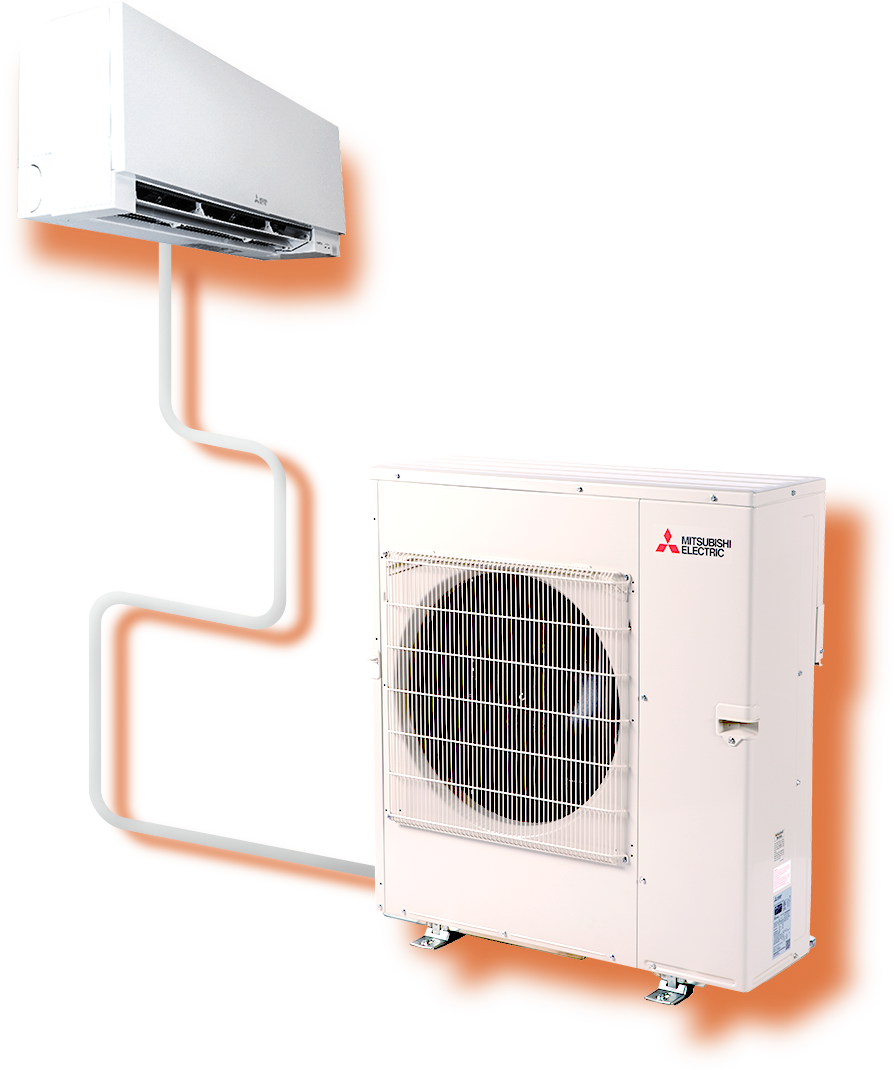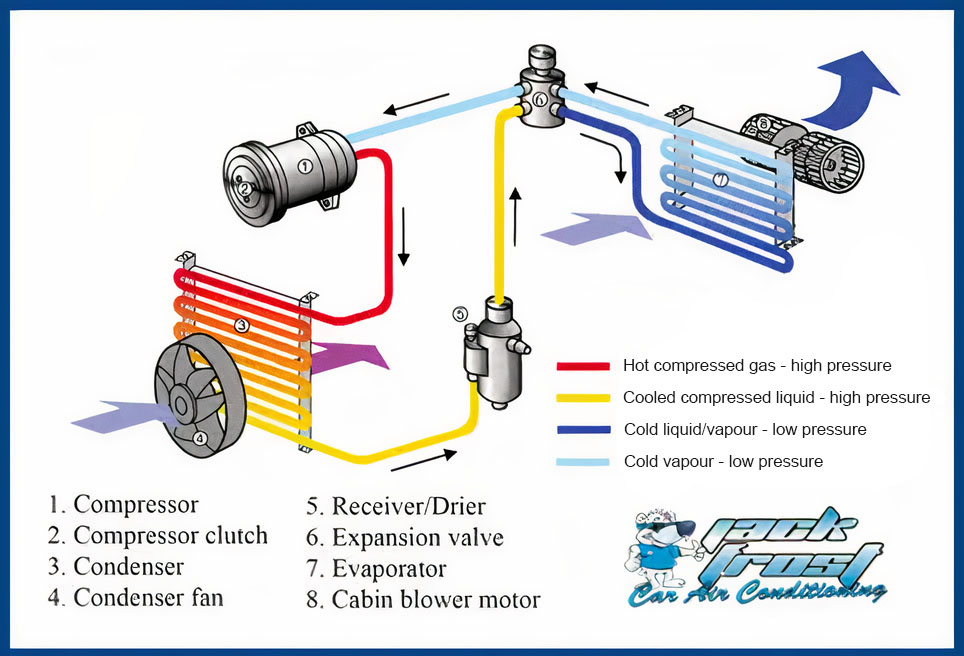Designing With Comfort in Mind: Integrating Air Conditioning in Design

When it involves developing architectural spaces, the old stating 'form complies with feature' applies. But have you ever took into consideration just how integrating cooling into style can boost convenience and efficiency simultaneously?
The seamless blend of cooling systems within the framework of a structure not only impacts the residents' well-being however also affects the overall sustainability of the structure. As you explore the intricate connection in between layout and a/c, a world of cutting-edge options and advanced technologies awaits your discovery.
Secret Takeaways
- Energy-efficient systems enhance convenience and sustainability.
- Integrated cooling improves indoor air quality.
- Stabilizing aesthetic appeals and functionality guarantees excellent style.
- Future trends concentrate on clever, sustainable cooling remedies.
Importance of Integrated Air Conditioning
When designing spaces, incorporating a/c is necessary for making certain the best comfort and functionality. Power effectiveness plays a crucial function in the layout procedure, as it not just lowers functional costs but also reduces the ecological impact of the structure. By integrating energy-efficient cooling systems, you can create a lasting and affordable remedy that benefits both the occupants and the earth.
On top of that, indoor air top quality is another key variable to consider when developing with integrated a/c. Proper air flow and filtering systems assist preserve a healthy and balanced indoor environment by decreasing toxins and allergens. This leads to improved passenger wellness and efficiency. When picking air conditioning systems, focus on those that supply innovative purification technologies to boost the general indoor air top quality.
Aspects Affecting Layout Choices
Integrating air conditioning right into architectural layouts calls for cautious consideration of various elements that influence design choices. When including a/c systems, sustainability factors to consider are vital to decrease the structure's environmental impact. User experience plays a significant duty in figuring out the efficiency and complete satisfaction with the air conditioning system.
- Power Efficiency: Lasting design methods aim to reduce energy intake, which not just benefits the environment yet also reduces operational costs for the building owner.
- Indoor Air High Quality: Giving a comfy and healthy interior environment enhances the general customer experience, promoting productivity and well-being.
- Appearances and Integration: Incorporating a/c systems seamlessly right into the building style guarantees that functionality does not compromise the visual appeal of the area, improving customer complete satisfaction and general structure visual appeals.
Efficient Cooling Down Approaches for Structures
To maximize cooling down performance in structures, consider incorporating passive layout approaches together with a/c systems. Passive air conditioning strategies can substantially lower the demand for mechanical cooling, resulting in even more sustainable options for preserving comfortable interior temperatures. Style attributes such as shielding tools, natural ventilation systems, and thermal mass can help control temperatures without relying only on energy-intensive air conditioning. https://stpaulsacinstallation.co.uk By purposefully putting windows to optimize cross air flow or making use of reflective roof materials to lower solar warm gain, you can harness the power of nature to cool your structure effectively.
In addition to easy methods, carrying out lasting solutions like environment-friendly roofing systems or living wall surfaces can better enhance cooling down effectiveness by giving insulation and decreasing warm absorption. These attributes not just aid in keeping comfortable interior temperature levels however likewise contribute to a greener atmosphere. By combining easy air conditioning strategies with lasting remedies, you can produce a much more energy-efficient and eco-friendly structure layout that prioritizes both comfort and conservation.
Stabilizing Appearances and Performance
Consider the harmonious integration of visual aspects with practical elements in your building design to guarantee a balanced and impactful end result. When integrating a/c systems right into your building layout, striking a balance between appearances and performance is crucial to creating rooms that not only look good however also provide ideal convenience for residents.
To achieve this equilibrium, maintain the complying with factors in mind:
- Blend the System with the Environments: Make sure that the cooling systems or vents seamlessly incorporate with the total aesthetic of the space, whether via concealed positioning, attractive covers, or matching shades.
- Focus On Customer Experience: Layout the air flow and temperature level control systems in such a way that focuses on the comfort and well-being of the passengers. Think about factors such as air circulation, sound degrees, and ease of use to improve the total customer experience.
- Incorporate Sustainable Practices: Go with energy-efficient air conditioning services that not just contribute to the visual appeal of the structure yet additionally promote sustainability and reduce environmental effect.
Future Trends in Architectural Cooling
As you picture the future of building design, remaining abreast of arising cooling fads becomes pivotal for enhancing both form and feature within your tasks.
The combination of clever innovations right into building cooling systems is readied to transform the method structures are cooled. These systems make use of data and automation to maximize energy usage, offering individualized comfort while lowering ecological effect.
Lasting remedies are also shaping the future of building air conditioning. From passive layout techniques that make the most of natural air flow to ingenious cooling materials that minimize the requirement for traditional cooling, sustainability is at the center of cooling innovations. Designers are increasingly incorporating eco-friendly roofing systems, shading elements, and thermal mass into their layouts to produce even more energy-efficient cooling systems.
Frequently Asked Concerns
Just How Does Cooling Influence the Overall Sustainability and Energy Performance of a Building Layout?
When you integrate cooling right into structure layout, it impacts sustainability and power performance. Power usage can rise because of air conditioning use, influencing structure performance. This raised energy need can have negative environmental influences, minimizing total sustainability.
To alleviate these effects, think about integrating energy-efficient cooling and heating systems, proper insulation, and passive cooling techniques. Stabilizing comfort with power efficiency is very important for producing lasting building styles.
Are There Any Type Of Laws or Certifications That Architects Need to Think About When Integrating Air Conditioning Into Their Styles?
When incorporating cooling right into your styles, it's important to take into consideration regulatory needs like building regulations and qualification requirements for power performance. Satisfying these standards warranties that your task straightens with market finest practices and environmental goals.
Familiarizing on your own with these policies will certainly aid you in developing sustainable styles that prioritize comfort while likewise decreasing power usage. Keep educated and certified to supply tasks that are both comfortable and eco-friendly.
Can the Placement of Cooling Units Impact the Overall Convenience and Functionality of an Area?
When it comes to a/c units, placement matters a lot for your room's comfort and performance. Air flow is essential, so stay clear of blocking vents or putting systems in tight corners.
Think about how environmental pollution can influence your environment and go for a visually pleasing arrangement that mixes seamlessly with your spatial format.

Take notice of where you place these units to guarantee optimum comfort and efficiency throughout your space.
What Are Some Innovative Technologies or Products That Can Be Used to Enhance A/c Solutions in Modern Style?
To enhance cooling systems in modern-day design, you can explore smart controls and lasting materials. Passive cooling methods and utilizing thermal mass are ingenious methods to enhance efficiency and comfort.
How Can Architects Ensure That the Design of Air Conditioning Systems Matches the Overall Visual of a Structure While Still Prioritizing Functionality and Comfort?
To ensure the layout of cooling systems enhances a building's aesthetic, prioritize visual combination and design consistency. Include energy-efficient modern technologies for capability. Stabilizing aesthetic appeals and performance enhances passenger convenience.
Stress seamless integration of cooling elements right into the architectural style. By concentrating on both appearances and power performance, designers can produce an area that's visually enticing, comfy, and eco-friendly.
Conclusion

In general, when designing with convenience in mind, incorporating a/c in style is crucial. By considering variables such as efficient air conditioning methods, balancing appearances and performance, and remaining ahead of future fads, engineers can develop spaces that aren't only aesthetically appealing but also comfy for owners.
It is necessary to focus on the well-being and convenience of those who'll be using the room, and integrated a/c plays a vital duty in accomplishing this goal.
